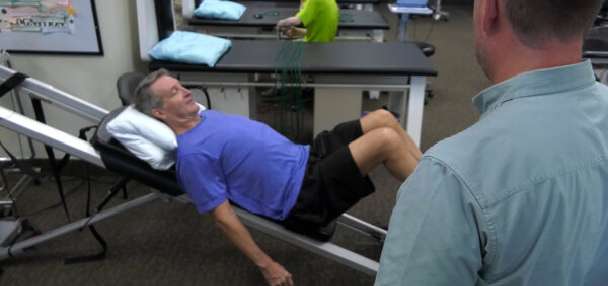Estimated read time: 2-3 minutes
- Dr. Chetan Irwin performs minimally invasive hand surgeries at Intermountain's TOSH Campus.
- Patients remain awake during procedures, which reduce complications and recovery times.
- Eighty-year-old Don successfully underwent trigger finger release surgery and resumed activities.
MURRAY — Eighty-year-old Don is an active outdoors enthusiast, who loves kayaking, camping, and ATVing.
But when he started having pain in his left hand, he couldn't do the activities he enjoys, or even complete daily tasks.
"I couldn't button my shirt; I couldn't put my watch on. It was just excruciating," he said. "I've been afraid to have anything done to it, because who wants to go into surgery, right?"
Don was referred to Dr. Chetan Irwin at Intermountain's TOSH Campus and learned about trigger finger release surgery — a minimally invasive procedure that divides the tendon in the hand to relieve pain.
"I presumed that we would go into a big surgical room like other surgeries," Don said. "And they said, 'No, we're just going to do it here in the office.'"
Irwin said they can perform various surgeries related to arthritis — including carpal tunnel and tendon impingement procedures — all in the office, while the patients are "completely awake." Surgeons give the patient a local anesthetic and make a small incision in their hand.
"We clean and prep and drape with sterile draping and sterile instruments, just like we do in the operating room," Irwin said. "Most procedures take, I'd say, between five and maybe 15 minutes."
These types of procedures generally allow for fewer complications and quicker recovery times. Plus, there are cost-saving and waste-reducing benefits.
"It's really gratifying to be able to offer this safely to people that we used to think, understandably, were too old for surgery or too sick," Irwin said. "Most of these procedures that we're taking care of in the office really have no medically imposed restrictions afterwards."
Don had the surgery just a few weeks ago and was in and out of the office within an hour — he even drove himself home afterward.
He's once again able to do normal tasks, like tying his shoes.
"I just can't even believe it," he said. "The only thing I would do differently is the minute I've got to have it done, I'd be in there because I waited way too long. I suffered way longer than I needed to."










